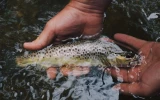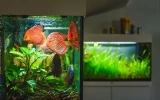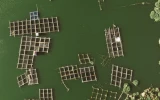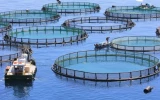Minimum Pond Size for Fish Farming (Catfish, Tilapia, More)
The trick to high fish yields is to maximize productivity while keeping your fish healthy. And you can achieve this by carefully considering the size of your pond and the fish species you plan to raise in it. In this article, we'll explore the minimum pond sizes required for the common fish species for your fish farm.
The minimum pond size for 10–20 small fish or 2–3 large fish is 50–500 gallons of pond water. The ideal size for a koi pond is 25 feet long by 13 feet wide, with a maximum depth of 4 feet. Catfish farming requires deeper ponds with a depth of 5–6 feet.
Specifically, each fish species has unique requirements regarding space, water quality, and temperature. Typically, deeper ponds will give you better results, and your fish will live longer, but an even pond shape makes the difference. Let's get into the details below.
Summary
- Smaller ponds of 8 to 10 acres can be easier to manage and feed than larger ones, which are 18 to 25 acres. Deeper ponds with an average depth of 5 to 6 feet offer better water conservation and a longer life expectancy for your fish farm.
- It's essential to accurately determine the fish density and stocking rates for the specific species you plan to cultivate.
- When designing a pond for fish farming, consider pond shape and depth, water supply and quality, aeration and oxygen, and predator control, to make sure the pond is suitable for raising your chosen species.
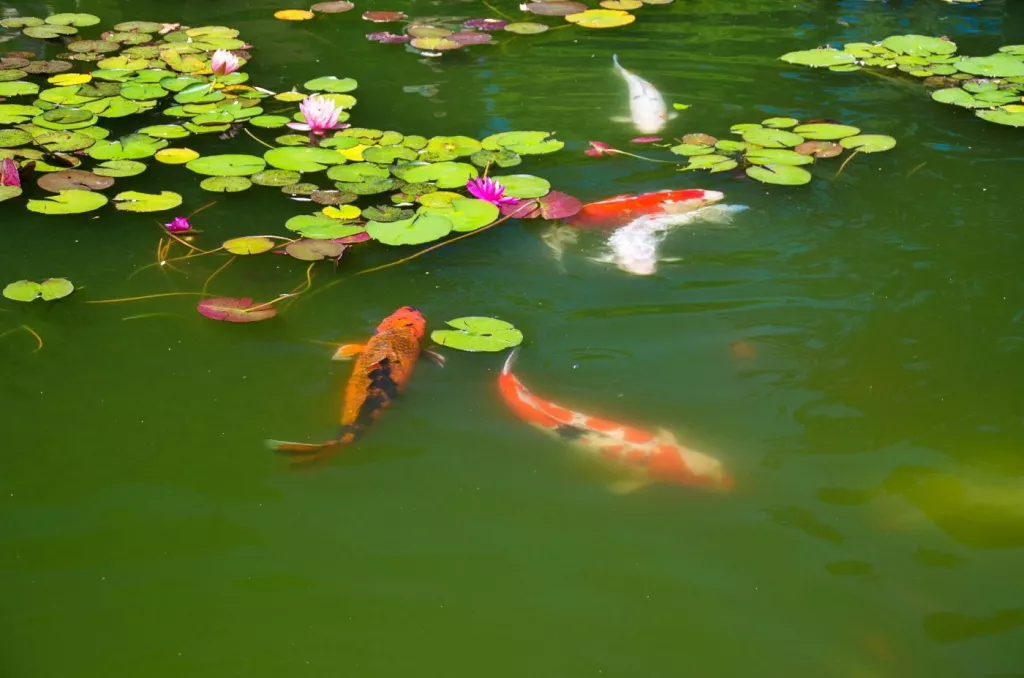
On this page:
Minimum Pond Size for Different Fish Species
Here's a table showing the pond size required for various popular fish species in fish farming, such as catfish, tilapia, trout, barramundi, carp, koi, goldfish, freshwater prawns, eels, Murray cod, bass, and bluegill.
| Common Fish Species to Farm | Number of Fish in a Pond | Pond Size (in gallons) |
|---|---|---|
| Koi, Goldfish, Freshwater Prawns | 10–20 small fish or 2–3 larger fish | 50 to 500 |
| Catfish, Tilapia, Trout, Bass | 50–100 medium-sized fish or 10–20 larger fish | 500 to 5000 |
| Barramundi, Carp, Eels, Murray Cod, Bluegill | 500–1000 larger fish or 100–200 very large fish | 5000 to 50000 |
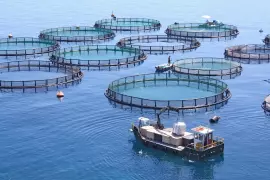
Catfish need at least a 500-gallon pond
For catfish, a pond size of at least 500 to 1,000 gallons is recommended. This will allow for multiple catfish to thrive within the pond. Larger catfish may need more space, so plan accordingly based on the expected size of your catfish.
Tilapia require a 300-gallon pond
Tilapia require a minimum pond size of 300 gallons. However, if you plan on raising more tilapia or larger-sized fish, a bigger pond will be necessary. Keep in mind that tilapia can grow quickly, so plan for extra space to accommodate growth.
Trout should have at least a 500-gallon pond
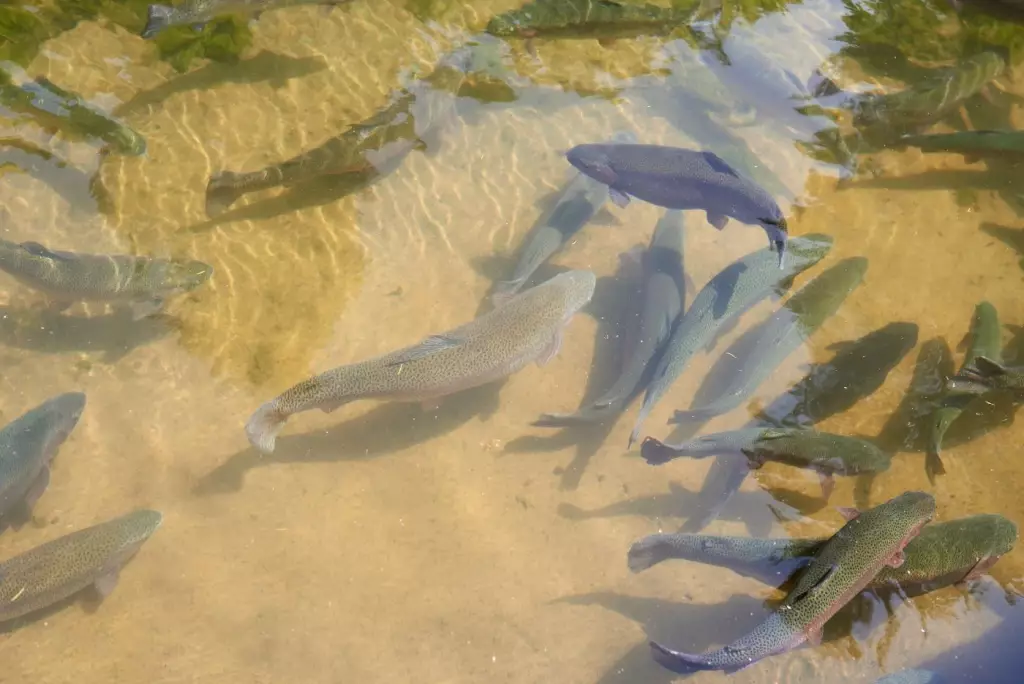
To raise trout, a pond should be at least 500 to 1,000 gallons in size. Remember that trout prefer cooler water temperatures, so it's important to ensure that your pond is deep enough to maintain a stable water temperature.
Barramundi need 1,000-gallon pond
For barramundi farming, plan for a pond size of at least 1,000 gallons. Barramundi can grow to a large size, so you'll need to ensure that your pond can accommodate their growth and provide sufficient space for them to swim.
Carp require a pond with 500 gallons
Carp need a minimum pond size of 500 to 1,000 gallons. This will provide adequate space for their growth and movement within the pond. Carp can grow quite large, so keep this in mind when planning your pond size.
Koi should be in a 1,000-gallon pond
A minimum pond size for koi is 1,000 gallons, which can accommodate four or five average-sized koi. If you plan on having more koi, you'll need a larger pond. Fifteen koi will need approximately 3,200 gallons of water. The ideal size for a koi pond is 25 feet long by 13 feet wide, with a maximum depth of 4 feet.
Goldfish can thrive in 200-gallon ponds
Goldfish require a minimum pond size of 200 gallons. Keep in mind that goldfish can grow quite large, and will need more space as they grow. Plan to have around 20 to 30 gallons of water per goldfish for optimal health and growth.
Freshwater prawns can grow in 1,000-gallon ponds
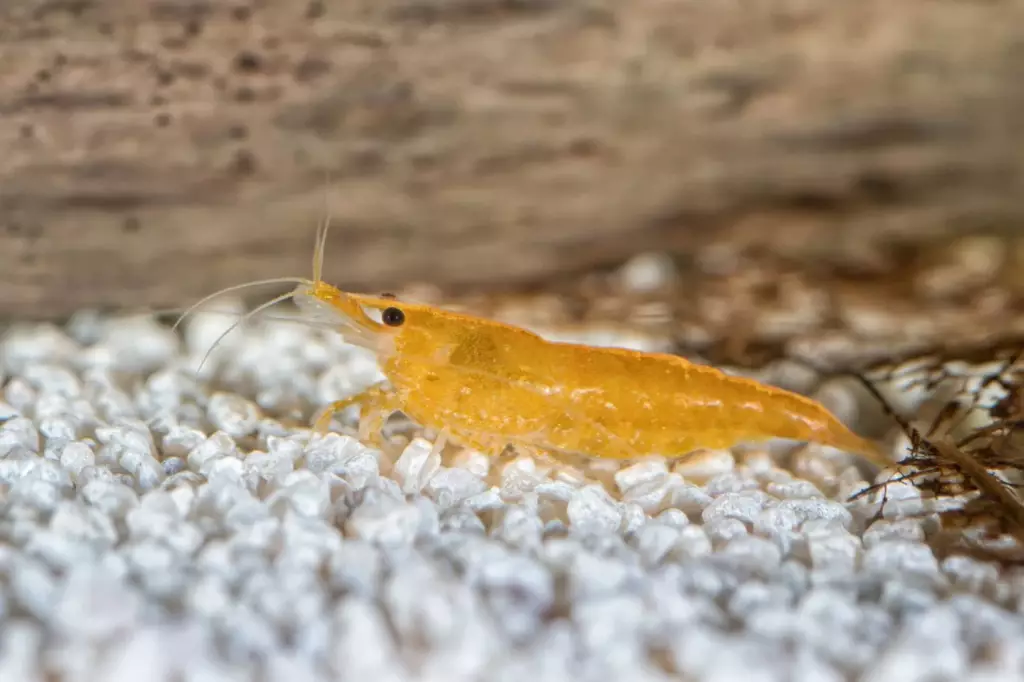
Freshwater prawn farming requires a pond size of at least 1,000 gallons. This will allow the prawns to grow and thrive in their environment, providing space for shelter and movement.
Perch ponds should have 500 gallons
A pond for perch farming should be a minimum of 500 gallons in size. This will provide adequate space for the fish to grow and thrive. Larger perch populations may require bigger ponds, so plan accordingly based on the number of fish you plan to raise.
Eels plenty of space, at least 1,000 gallons
For eel farming, a pond size of at least 1,000 gallons is recommended. Eels can grow quite large and will need plenty of space to swim, grow, and hide.
Murray cod ponds need to have 1,000 gallons
To raise Murray cod, your pond should be at least 1,000 gallons in size. This will give the fish room to grow and maintain their health. Remember to plan for additional space if you plan on raising more fish.
Bass require 500 gallons of pond
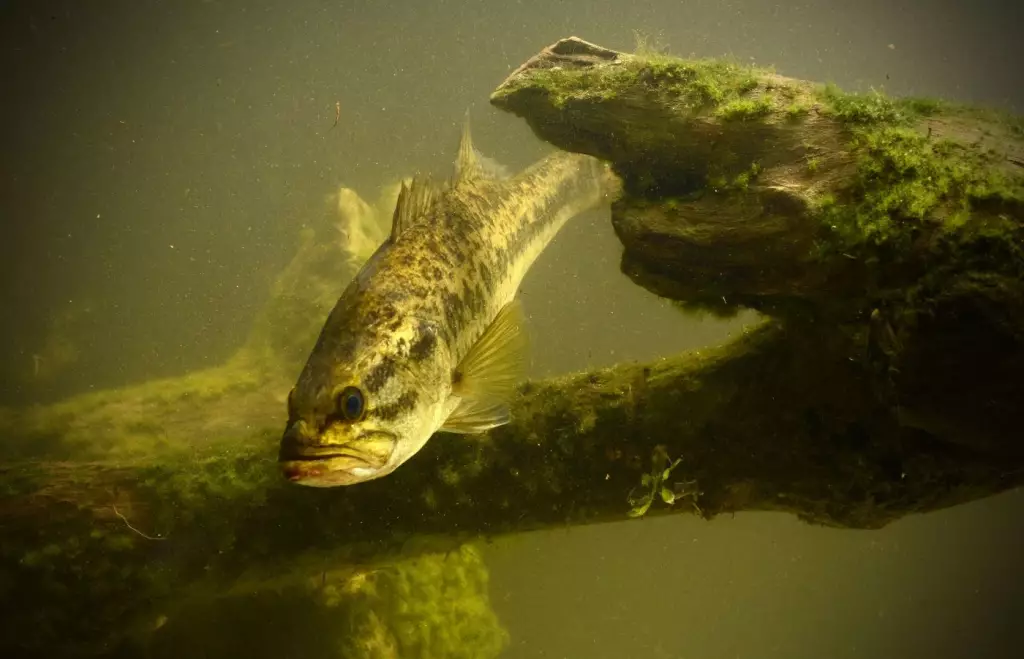
Bass require a minimum pond size of 500 gallons. If you plan on having more bass, consider increasing the size of your pond to accommodate their growth and swimming space.
Bluegill can thrive in 300 gallons of pond
For bluegill farming, a pond size of at least 300 gallons is recommended. This will allow for multiple fish to inhabit the pond and have room for growth and movement.
Crappie grow in ponds with 500 gallons
A minimum pond size of 500 gallons is required for crappie farming. This will provide adequate space for the crappie to grow and thrive within the pond. Plan for a larger pond if you wish to raise more crappies or accommodate their growth.
How to Determine Fish Density and Stocking Rates in Your Ponds
Begin by calculating the size and volume of your pond. For example, the ideal size for a koi pond is 25 feet long by 13 feet wide with a maximum depth of 4 feet, as this can accommodate four or five average-sized koi. Once you know your pond's size, you can calculate the appropriate stocking density for your chosen fish species.
Fish density guidelines vary across species. For instance, the maximum fish density for trout typically ranges from 0.5 to 1 times the fish's length in inches, in pounds per cubic foot. For other species, you may need to conduct research or consult with experts to determine the optimal stocking density.
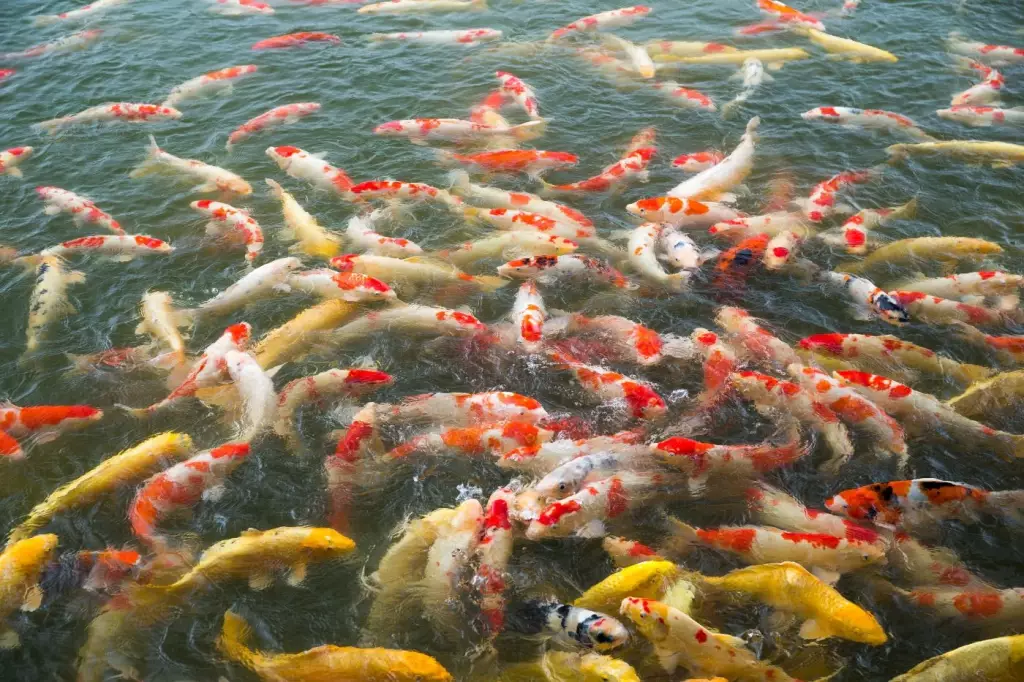
Here are some general stocking rate guidelines for various types of fish:
- Catfish: 500–1,000 lbs per surface acre
- Tilapia: 6,000–8,000 per surface acre
- Barramundi: 3,000 lbs per surface acre
- Carp: 200–1,000 lbs per surface acre
- Koi: One koi per 200–250 gallons of water
- Goldfish: One goldfish per every 10 gallons of water
Have a balanced mix of fish species to ensure a healthy and productive environment in your pond. An imbalance in prey fish, such as bluegills and sunfish, can lead to stunted growth or smaller-than-expected fish due to high reproduction rates outpacing predation, harvesting, and natural die-off.
When stocking your pond, consider the following points:
- Use hatchery-reared fish to reduce the risk of introducing diseases and parasites.
- Stock your pond with fish of appropriate sizes for your pond's capacity.
- Maintain optimal water quality to support the health and growth of your fish.
- Monitor and adjust stocking rates as needed, accounting for fish growth and environmental factors.
Key Factors to Consider When Designing Ponds for Your Fish Farm
This section will discuss the key factors, including pond shape and depth, water supply and quality, aeration and oxygen, and predator control.
Shape and depth of your fish pond
The optimal pond shape and depth can vary depending on the species you intend to raise. Generally, ponds with an even depth and a manageable size (8–10 acres) are easier to manage for fish farming.
For example, catfish farming requires deeper ponds with a depth of 5–6 feet, according to Mississippi State University. On the other hand, a pond for recreational fishing should have a minimum average depth of 6–8 feet and be at least 4 feet deep near the shore, according to the Alabama Cooperative Extension System.
Water supply and quality for a healthy pond
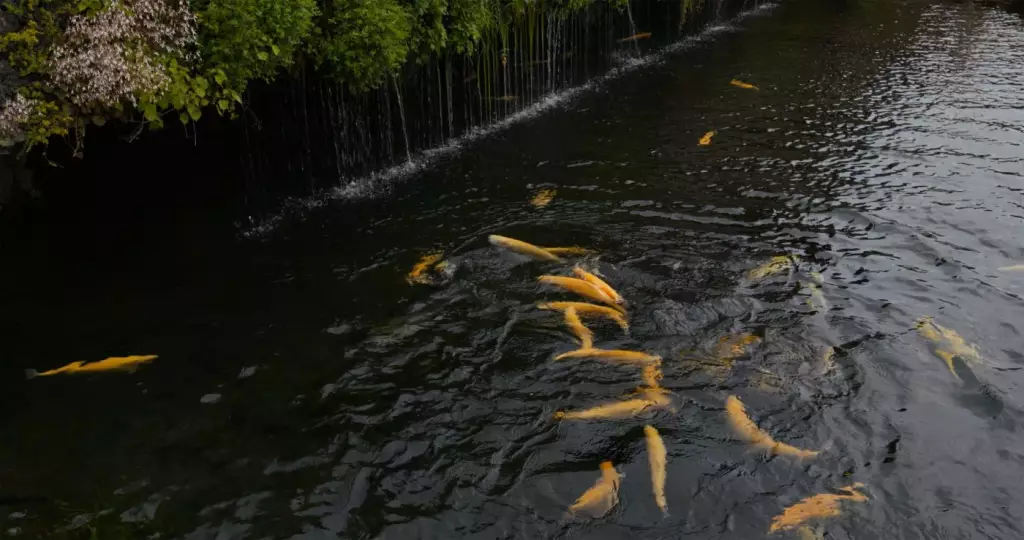
Sources of water can vary, including well water, surface water, or rainwater harvesting. It's important to monitor water quality parameters such as temperature, pH, dissolved oxygen, and ammonia levels, as these factors can significantly affect fish health and growth.
Aeration and oxygen in your pond
Fish require adequate oxygen levels to thrive. Inadequate oxygen levels can lead to health problems and even death. This is why it's important to ensure proper aeration in your pond. Aeration can be achieved using mechanical aerators or by adding oxygenating plants. Make sure to monitor dissolved oxygen levels regularly to ensure a healthy environment for your fish.
Predator control to protect your pond
Predators such as birds, raccoons, and other animals can threaten your fish population. To minimize predation, implement control measures such as installing bird nets, using decoys or scare tactics, and ensuring proper fencing. This will help protect your pond from unwanted visitors and keep your fish safe and secure.
